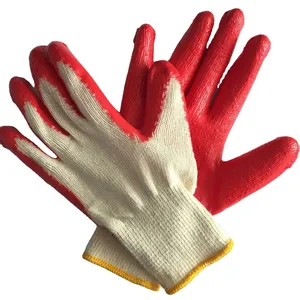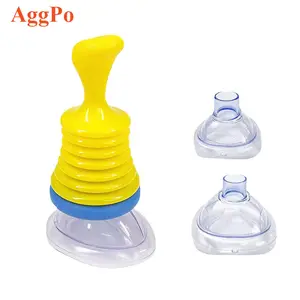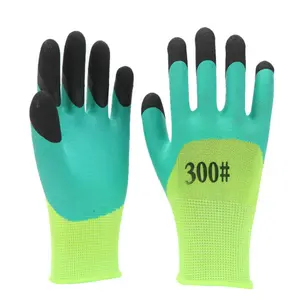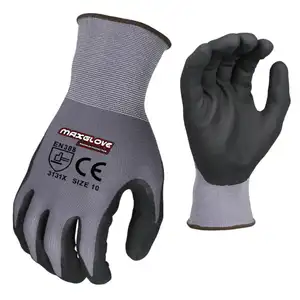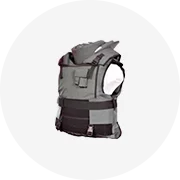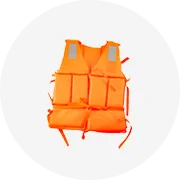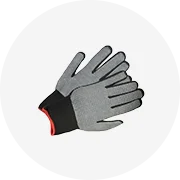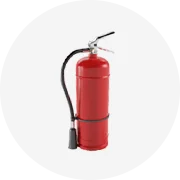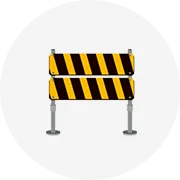Popular in your industry

























































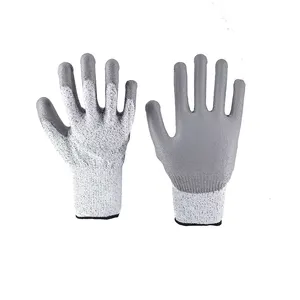
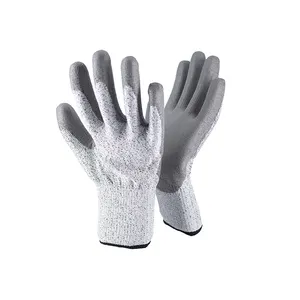
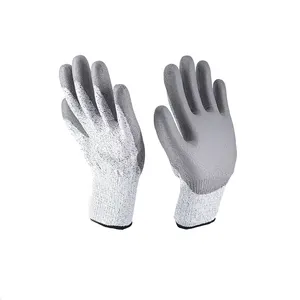









Related Searches:










































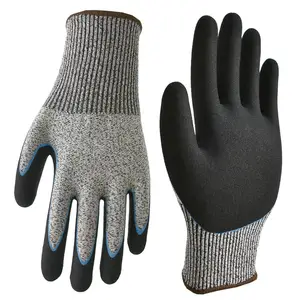
















































































Top categories
About anti cutting gloves
Understanding Anti Cutting Gloves
Anti cutting gloves are a specialized form of personal protective equipment designed to safeguard the hands from cuts and lacerations. These gloves are essential for industries where workers handle sharp tools or materials. The construction of these gloves typically involves materials that resist cuts, such as reinforced yarns interwoven with metals or other tough fibers.
Materials and Construction
The efficacy of anti cutting gloves largely depends on their materials and construction. High-performance fibers like ultra-high-molecular-weight polyethylene (UHMWPE) or aramid fibers are commonly used. These materials are known for their cut-resistant properties. Some gloves also incorporate composite knit fabric or stainless-steel mesh to enhance their protective capabilities.
Design Features of Cut-Resistant Gloves
The design of cut-resistant gloves focuses on combining safety with dexterity. Gloves may feature a coated palm for improved grip, while the snug fit ensures that users can perform tasks with precision. The wrist closure is often elasticated to prevent the gloves from slipping off, providing a secure fit while maintaining comfort.
Applications and Uses
Safety gloves are versatile and find applications across various sectors, including construction, metal fabrication, food service, and glass handling. Their use is critical in any setting where sharp objects pose a risk to the hands.
Advantages of Using Protective Gloves
Utilizing protective gloves offers numerous advantages. They not only prevent injuries but also reduce the downtime associated with hand lacerations. With gloves that are both cut-resistant and comfortable, workers are more likely to wear them consistently, leading to a safer work environment.
Selection Criteria for Buyers
When selecting anti cut gloves, buyers should consider the level of cut resistance needed, which is categorized by a standardized rating system. Additionally, the fit, comfort, and glove longevity are important factors, as these affect the wearer's ability to use the gloves without hindrance over extended periods.
